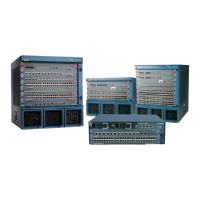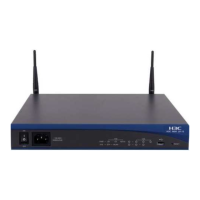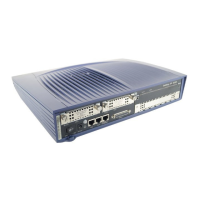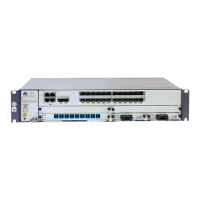switching devices to CEs. The ports on the share link need to participate in the calculation
for multiple access rings and MSTP processes. This allows SwitchA and SwitchB to
identify from which MST BPDUs are sent.
In addition, a port on the share link participates in the calculation for multiple MSTP
processes, and obtains different status. As a result, the port cannot determine its status.
To prevent this situation, it is defined that a port on a share link always adopts its status in
MSTP process 0 when participating in the calculation for multiple MSTP processes.
NOTE
The S7700 does not support the Per-VLAN Spanning Tree (PVST) protocol and cannot process PVST
packets. You can configure the S7700 to transparently transmit PVST packets. For details, see 11 Layer
2 Protocol Transparent Transmission Configuration.
9.2 Configuring Basic MSTP Functions
MSTP based on the basic STP/RSTP function divides a switching network into multiple regions,
each of which has multiple spanning trees that are independent of each other. MSTP isolates
user traffic and service traffic, and load-balances VLAN traffic.
MSTP is commonly configured on a switching device to trim a ring network to a loop-free
network. MSTP configurations on the switching device involve MSTP working mode
configuration and MST region configuration and activation. If you need to interfere in the
spanning tree calculation, the following methods are available:
l Setting a priority for a switching device in an MSTI: The lower the numerical value, the
higher the priority of the switching device and the more likely the switching device becomes
a root bridge; the higher the numerical value, the lower the priority of the switching device
and the less likely that the switching device becomes a root bridge.
l Setting a path cost for a port in an MSTI: With the same calculation method, the lower the
numerical value, the smaller the cost of the path from the port to the root bridge and the
more likely the port becomes a root port; the higher the numerical value, the larger the cost
of the path from the port to the root bridge and the less likely that the port becomes a root
port.
l Setting a priority for a port in an MSTI: The lower the numerical value, the more likely the
port becomes a designated port; the higher the numerical value, the less likely that the port
becomes a designated port.
9.2.1 Establishing the Configuration Task
Before configuring basic MSTP functions, familiarize yourself with the applicable environment,
complete the pre-configuration tasks, and obtain the required data. This will help you complete
the configuration task quickly and accurately.
Applicable Environment
On a complex network, loops are inevitable. With the requirement for network redundancy
backup, network designers tend to deploy multiple physical links between two devices, one of
which is the master and the others are the backup. Loops are likely or bound to occur in such a
situation.
Loops will cause broadcast storms, thereby exhausting network resources and paralyzing the
network. Loops also cause flapping of MAC address tables and thus damages MAC address
entries.
Quidway S7700 Smart Routing Switch
Configuration Guide - Ethernet 9 MSTP Configuration
Issue 01 (2011-07-15) Huawei Proprietary and Confidential
Copyright © Huawei Technologies Co., Ltd.
431

